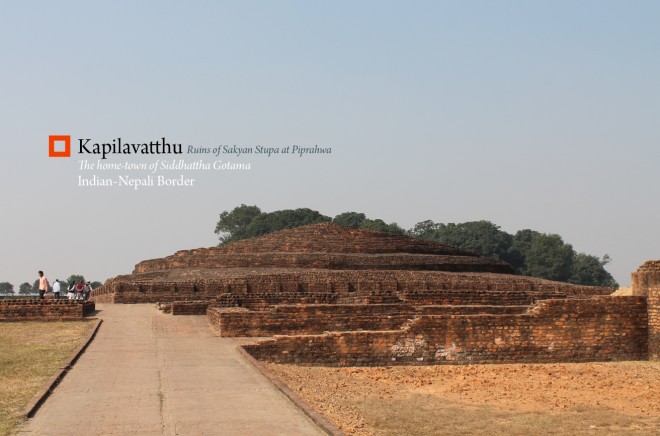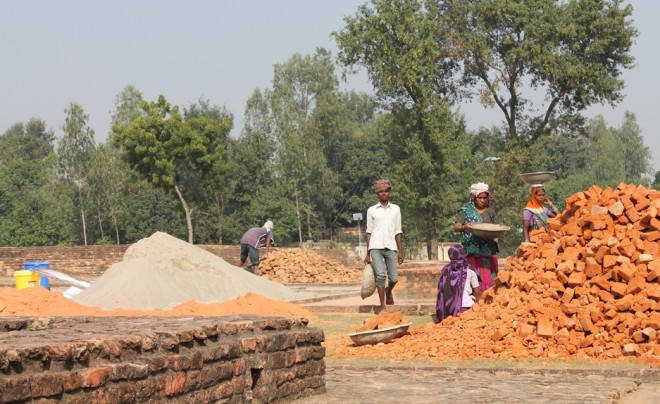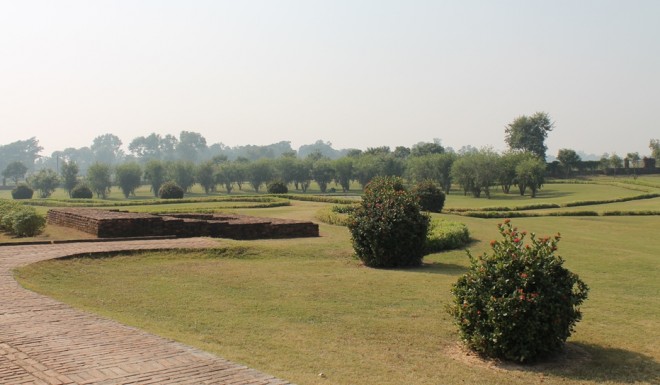Kapilavatthu – Home-town of Siddhattha Gotama
Kapilavatthu – Home-town of Siddhattha Gotama
In the 7th Century BCE, Kapilavatthu was the capital of Sakka (also spelled ‘Sakya’) Kingdom, a small but prosperous principality south of the Himalayas rich in agriculture. The most famous king to have reigned there was King Suddhodana and his consort Queen Māyādevī, who were the parents of Prince Siddhattha Gotama (who later became Sakyamuni Buddha).
The future Buddha lived in Kapilavatthu from 623 BCE to 594 BCE. There, he was tutored by good teachers and learned about worldly knowledge, literature, arts and statecraft. It was also in Kapilavatthu that Prince Siddhattha got inspired to embark on a spiritual quest. At the age of 29, Prince Siddhattha left the home-life and began his serious pursuit for liberation from ‘Samsāra’ – the cycle of birth and death. From Kapilavatthu, he first traveled to Rajagaha via Kesaputta, where he sought out teachers who were famous for their practice of meditation.
After His Enlightenment, the Buddha returned to Kapilavatthu on several occasions, where he ordained Prince Rahula, and taught the Dhamma to King Suddhodana. As a result, the King passed away blissfully as an Arahant – liberated from all suffering.
After the Buddha’s passing (‘Parinibbāna’), His relics were divided into 8 parts and presented to various royal patrons to be enshrined in their kingdoms. One-eighth of His relics were taken back to Kapilavatthu by the Sakyas and enshrined in this very Stupa in Piprahwa, Uttar Pradesh. The Piprahwa Stupa was rediscovered in 1898 after laying in obscurity for a thousand years.




